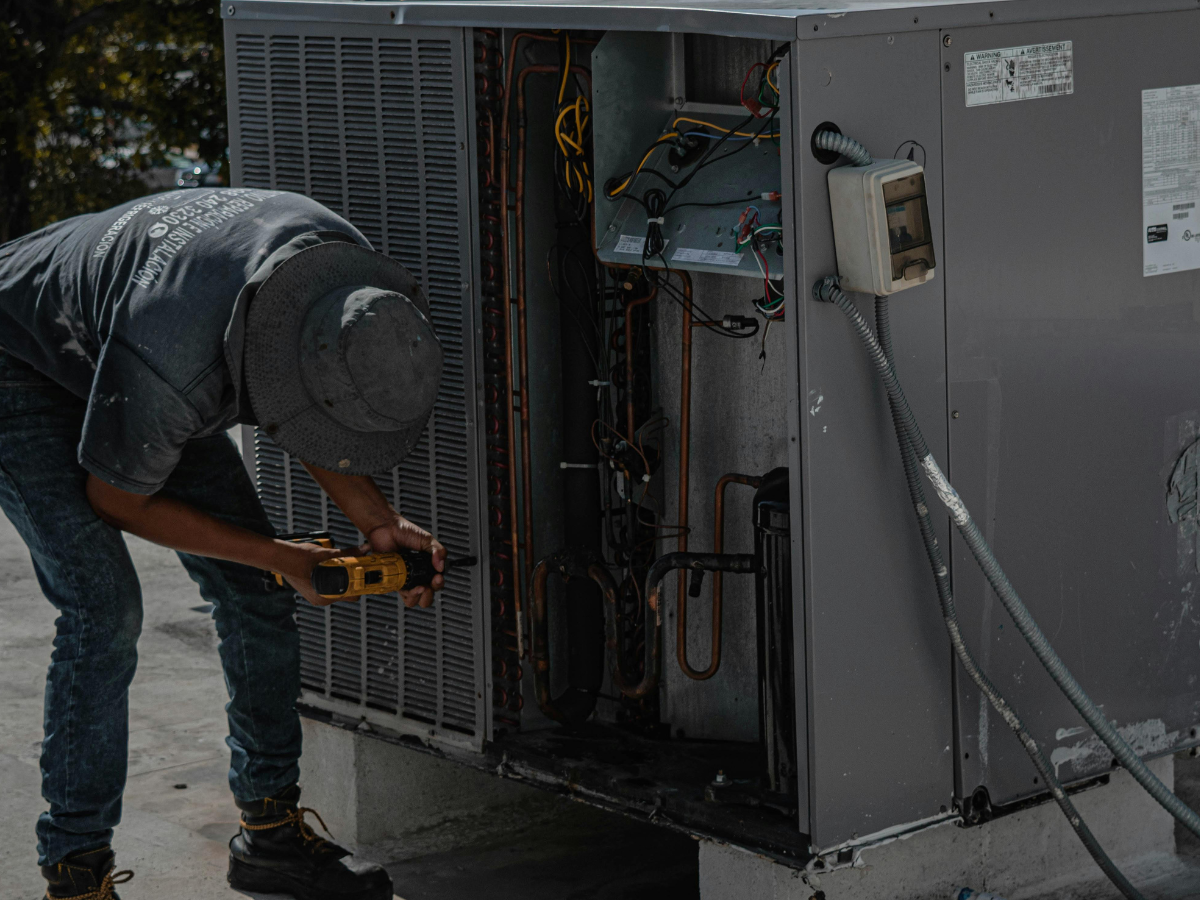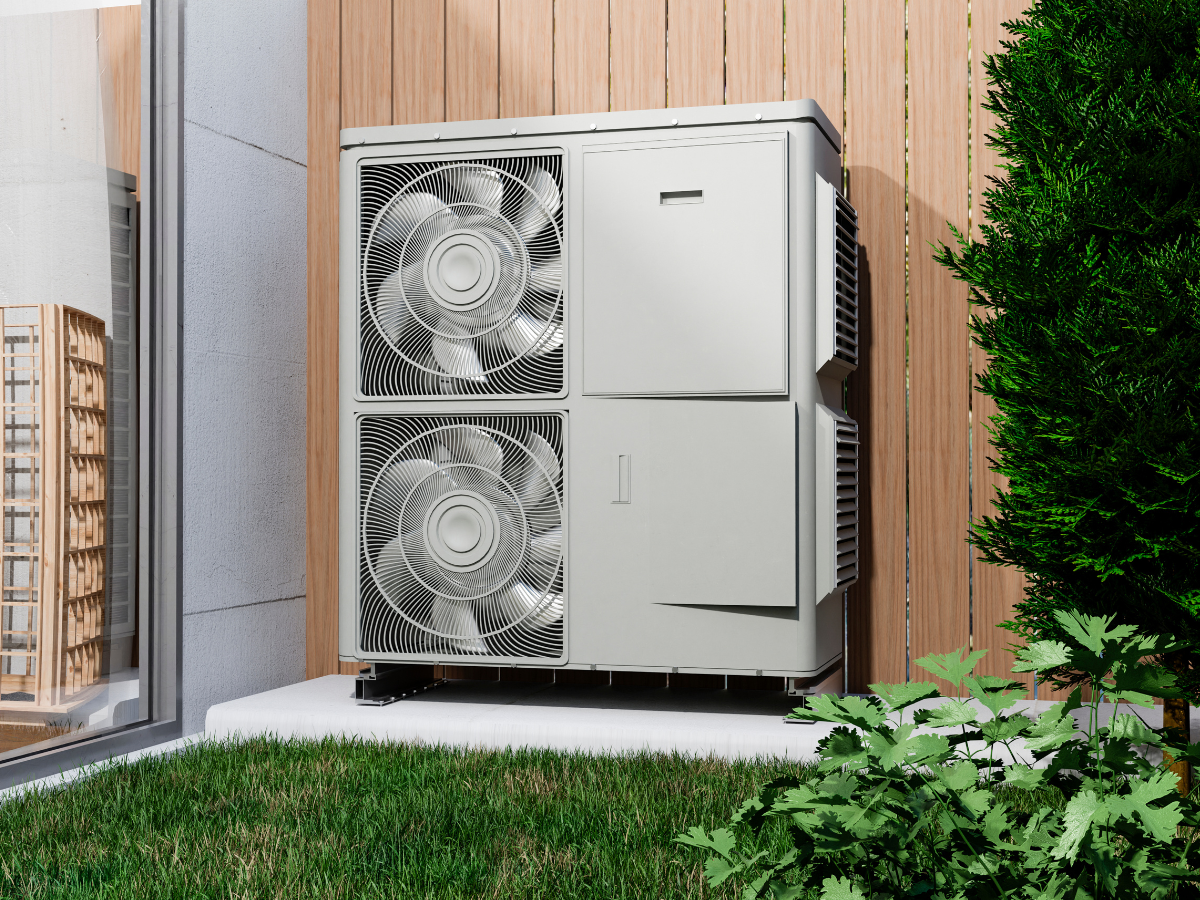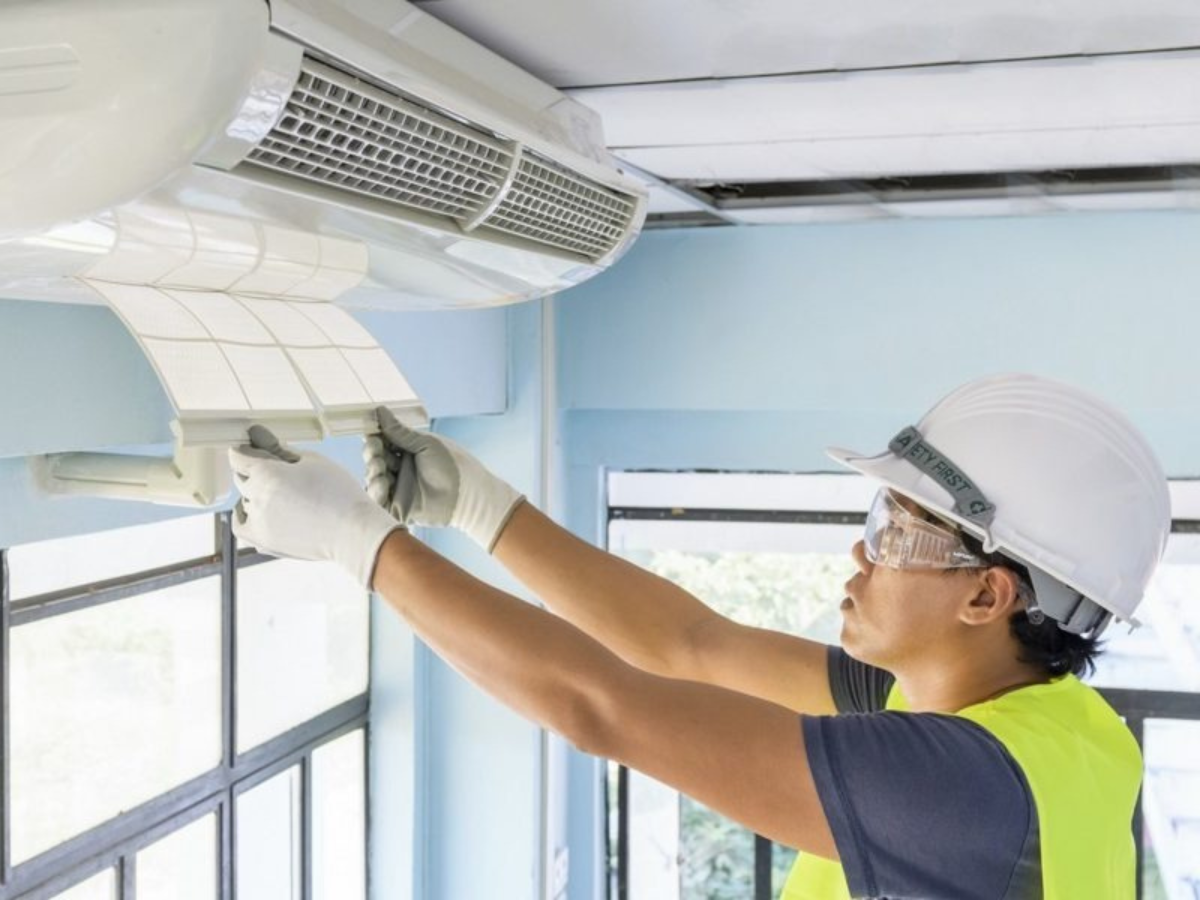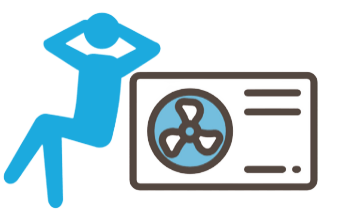Mini Split Bellingham Wa
An Introduction to the Comfort Zone HVAC Mini Split System
Heating and air conditioning is a key part of comfortable living in any home. But when you're looking for a new HVAC system, you want one that's efficient, easy to install, and reliable over time. Enter the Comfort Zone HVAC Mini Split System. This innovative heating and cooling system offers superior comfort with its efficient design, ease of installation, and long-term reliability. Read on to learn more about why this mini split system is an ideal choice for your home’s climate control needs.
How It Works: The Comfort Zone Mini Split System utilizes two components – an indoor unit and an outdoor unit – that work together to provide heating or cooling depending on your climate control needs. The indoor unit contains evaporator coils that absorb heat from the air in your home during the summer months, while it releases warm air into your living spaces during winter months. The evaporator coils are connected to the outdoor unit via refrigerant lines, allowing for heat transfer between the two units.
Efficiency & Reliability: One of the biggest advantages of using a mini split system is its efficiency and reliability throughout all four seasons. The multi-stage filtration systems used in these systems help keep your home clean by filtering out dust particles from entering into your living areas throughout each season. Additionally, these systems require minimal maintenance compared to traditional HVAC systems due to their self-contained nature, meaning less time spent on upkeep and more time enjoying your home’s perfect climate control year-round.
Installation & Cost Savings: Installing a Comfort Zone Mini Split System requires less labor than other HVAC systems because there are no ductworks needed; only a simple connection between indoor and outdoor units is required. This means lower installation costs when compared to traditional HVAC system installations which require extensive labor costs due to complex ductwork setups. Additionally, these energy efficient mini split systems can help you save money on monthly energy bills since they consume less power than traditional HVAC systems do over time.
If you're in need of a reliable heating/cooling system for your home that offers superior comfort with minimal maintenance requirements, then look no further than the Comfort Zone Mini Split System from HVAC! With its efficient design, ease of installation and long-term reliability at an affordable price point - this mini split system is perfect for anyone looking for superior comfort without breaking their budget! So why wait? Get started today with installing this incredible climate control solution in your home today!




